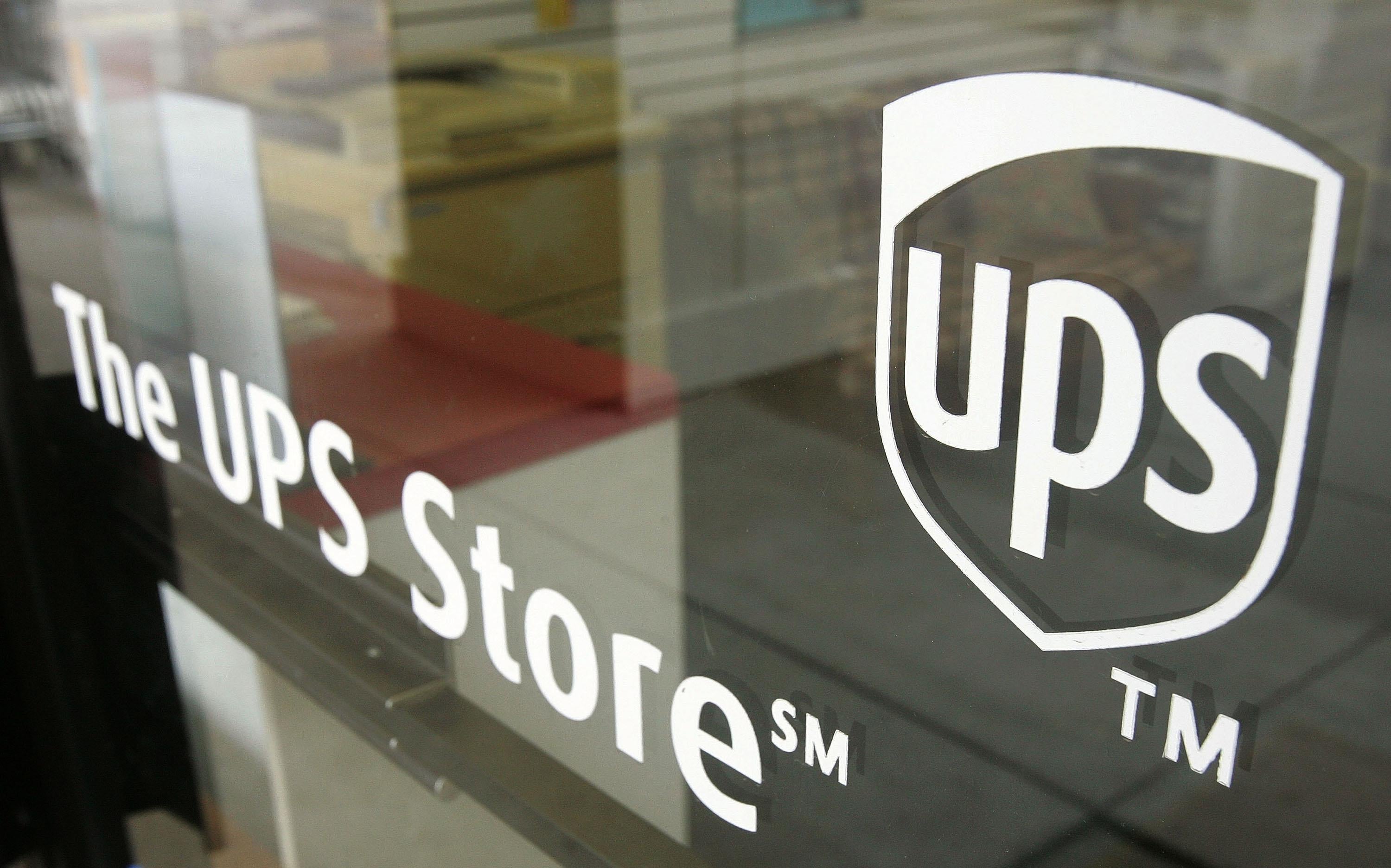The media have covered 3-D printing with great technological hubris. While the technology has huge potential for the aerospace and medical industries, the question most asked is whether it will evolve along the same path as computer-driven 2-D printers. Some, like the Economist, have even prophesized the end of mass manufacturing, assuming that people will soon be able to print their own plumbing parts in the privacy of their homes, rather than buying Chinese-made goods at their local hardware store. But while you’ve been able to buy a cute mini magenta 3-D printer from Staples for the same price as a high-end TV since June, the consumer-friendly gadgets remain mostly in the hands of hobbyists.
However, the infiltration of 3-D printing into small-scale American manufacturing took a step forward this week, when UPS announced it will soon trial 3-D printing services in U.S. stores. In an area heretofore dominated by small but well-funded start-ups like Shapeways and Makerbots, UPS is the first American nationwide retailer to provide 3-D printing services to the general public.
Trialing first in the San Diego area, with plans to soon expand to other states, UPS stores will allow customers the opportunity to upload their designs online, have them printed on the Stratasys uPrint SE Plus printer, and then offer pick-up or have the results delivered to the client. UPS says it will be able to produce “items like engineering parts, functional prototypes, acting props, architectural models, fixtures for cameras, lights and cables.”
The move by UPS was prompted by a recent poll of small business owners who expressed interest in trying the service. Michelle Van Slyke, vice president of marketing and small business solutions at the UPS Store, said in a statement,
“Start-ups, entrepreneurs and small business owners may not have the capital to purchase a 3D printer on their own, but they may have a need to show prototypes to their current and potential customers … [B]y offering 3D printing capabilities in-center, we’re able to help further our small business customers’ opportunities for success.”
The United States is lagging slightly behind Europe in the adoption of large-scale 3-D printing business. Consumers in the Netherlands and Belgium have enjoyed this service since early 2013, thanks to a partnership between Staples and 3-D printer manufacturer Mcor Technologies Ltd.
As familiarity with the technology grows, demand for a small, scalable, and cheaper printer for the home will surely grow, too. A study released Thursday by the Michigan Technological University suggests that this might be a smart move. MTU’s report found that by printing household items like bathtub plugs and shower rings, consumers could recoup the costs of a 3-D printer in less than a year, making the printers more than a gimmick for early-adopters. NASA apparently sees the utility, also. In July they announced plans to send a microgravity-withstanding 3-D printer to space in 2014, allowing astronauts at the International Space Station to print spare parts and tools on demand. (Also on NASA’s 3-D printing radar: pizza.)
But just like we still need Kinkos for big 2-D print jobs, UPS is clearly establishing a place on the Main Street market for making large scale 3D printing available to start-ups, backyard inventors, and small businesses.
But we’re guessing UPS will decline to print a 3-D handgun for you.
